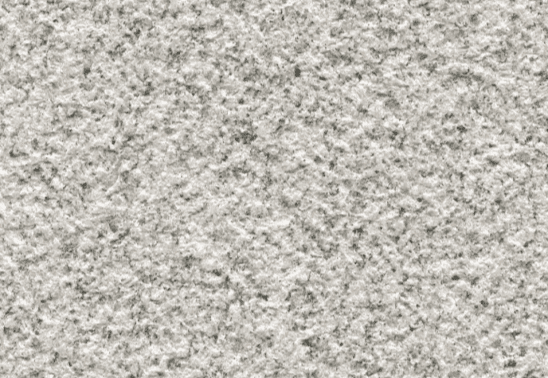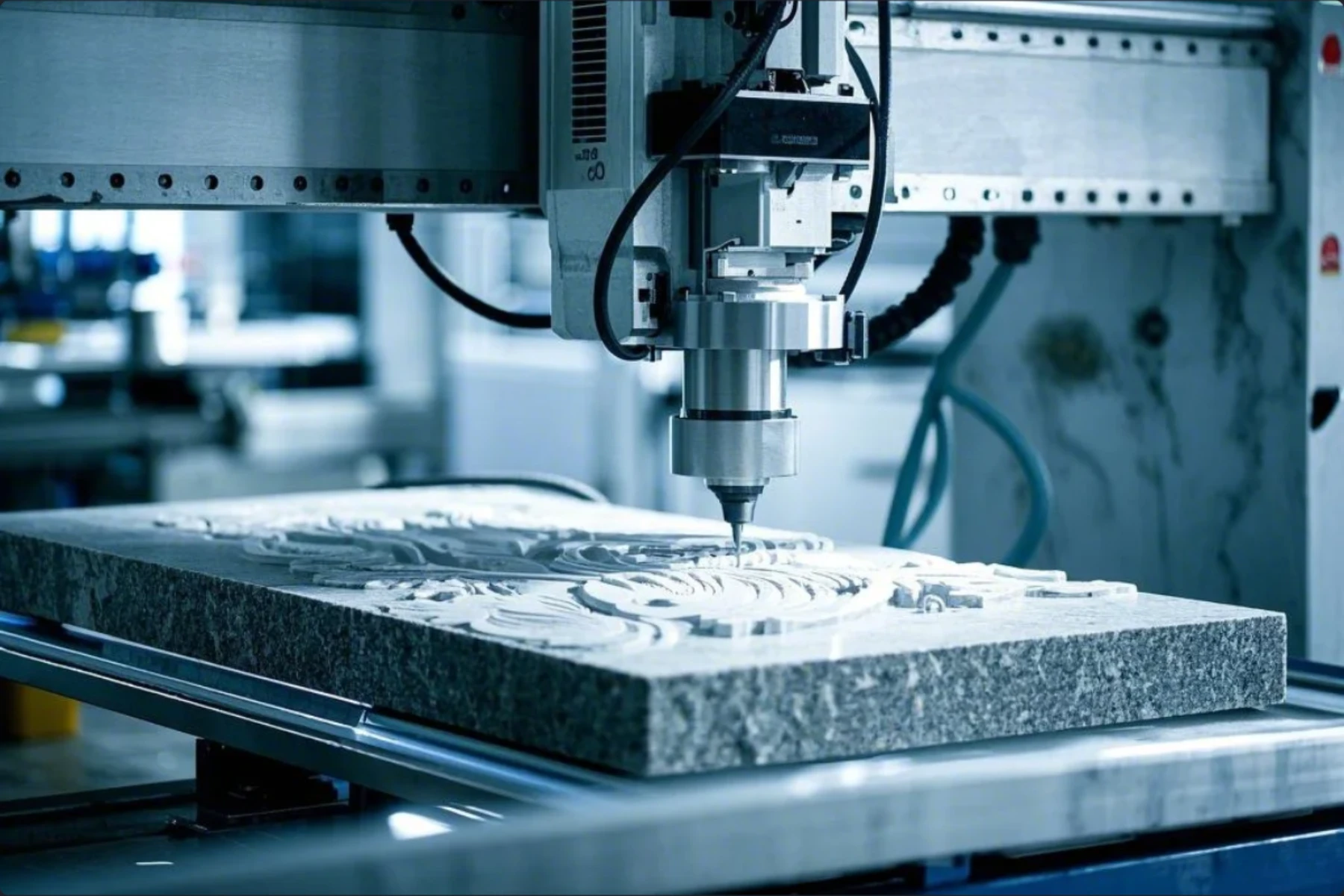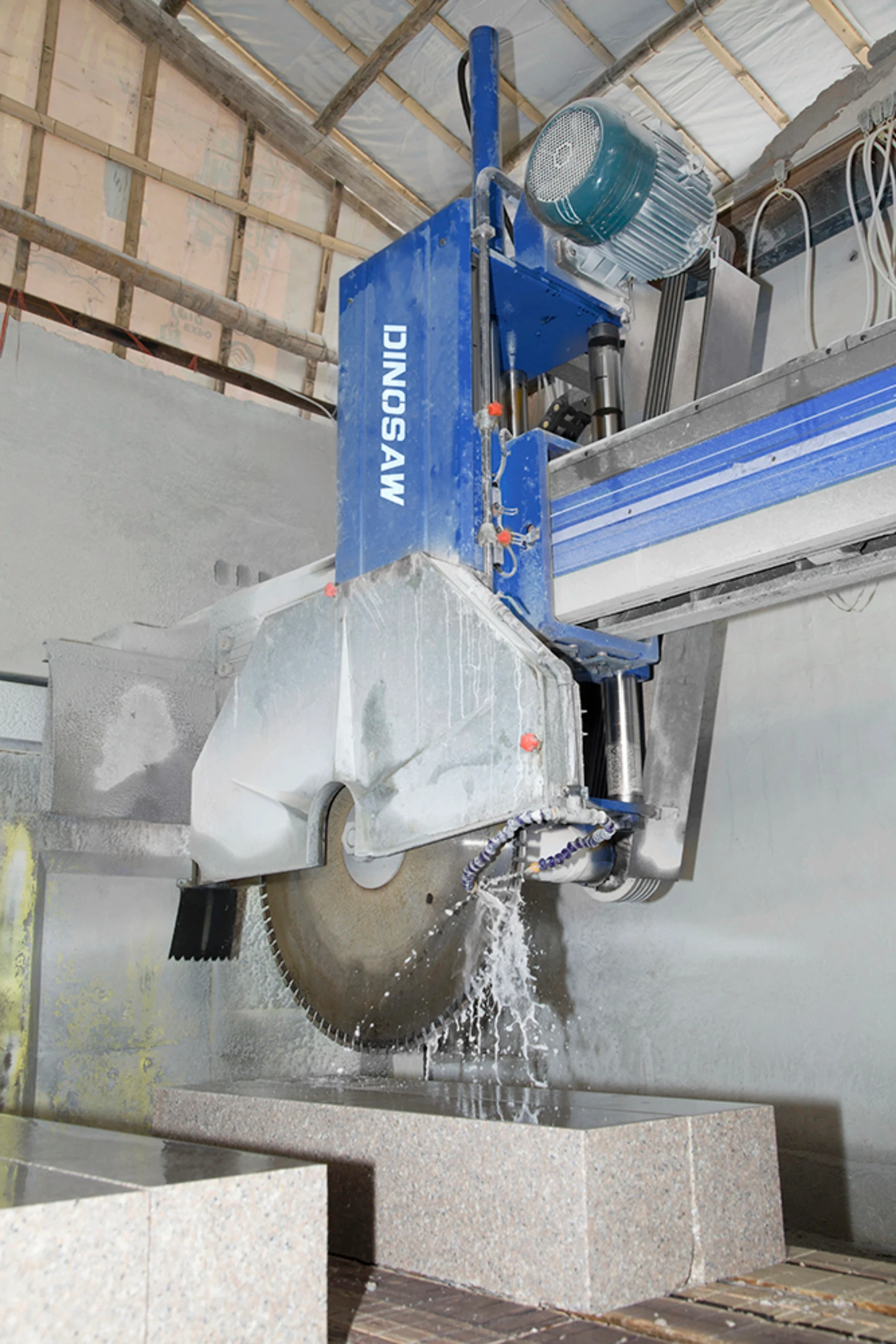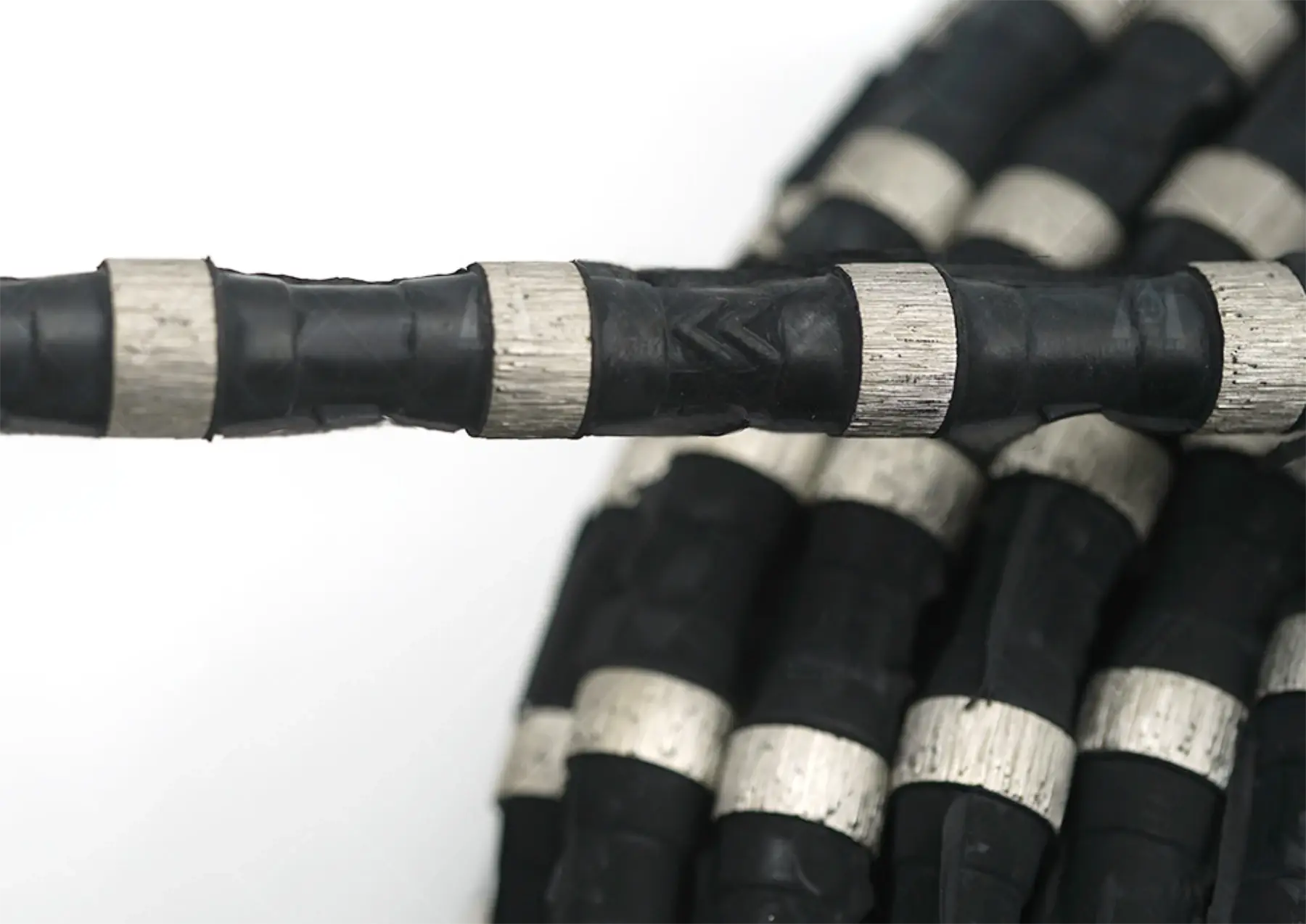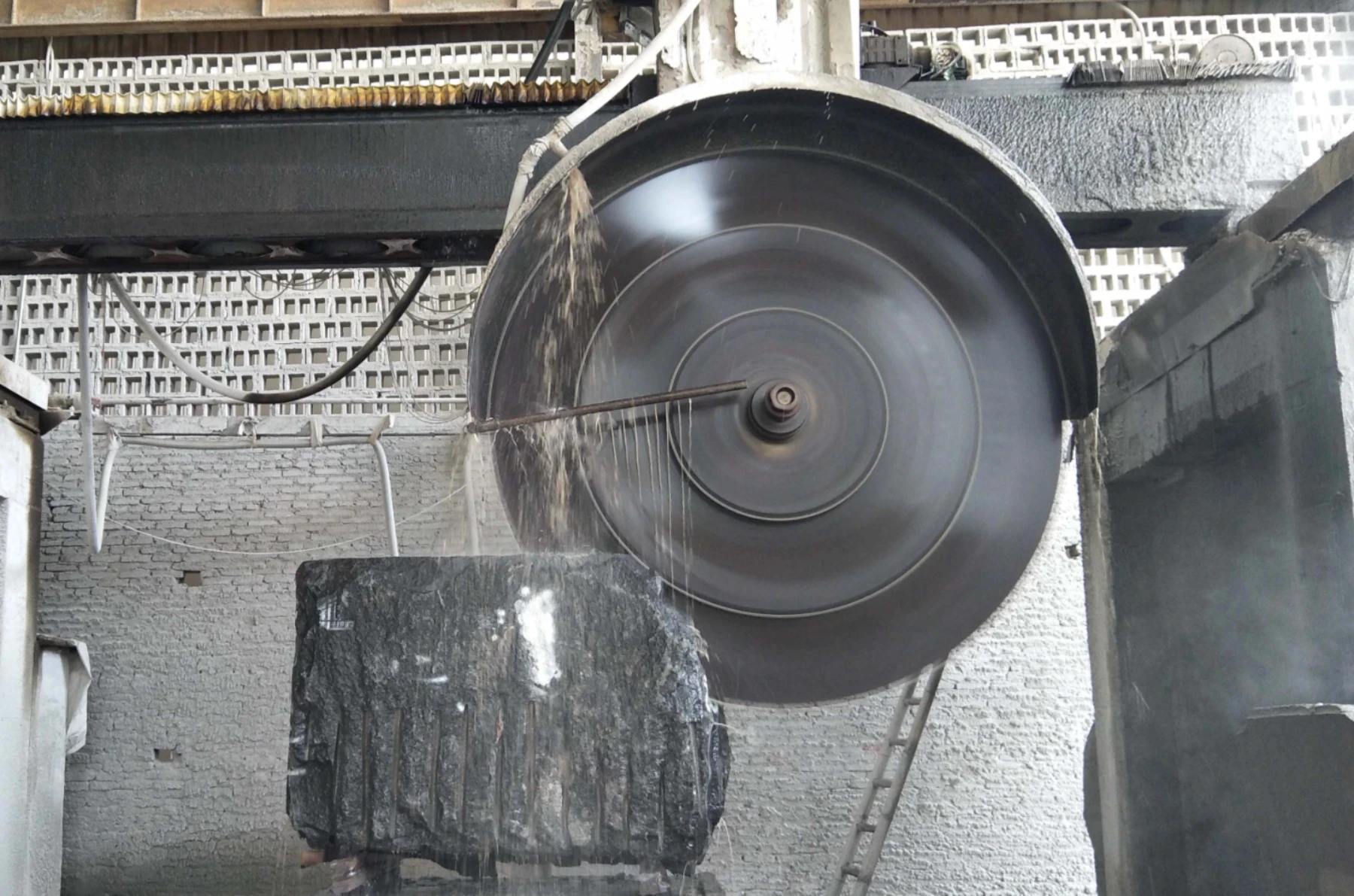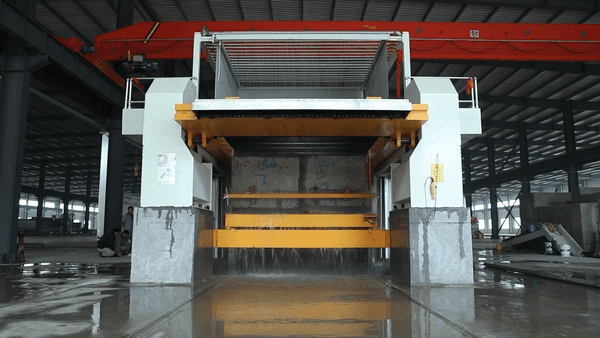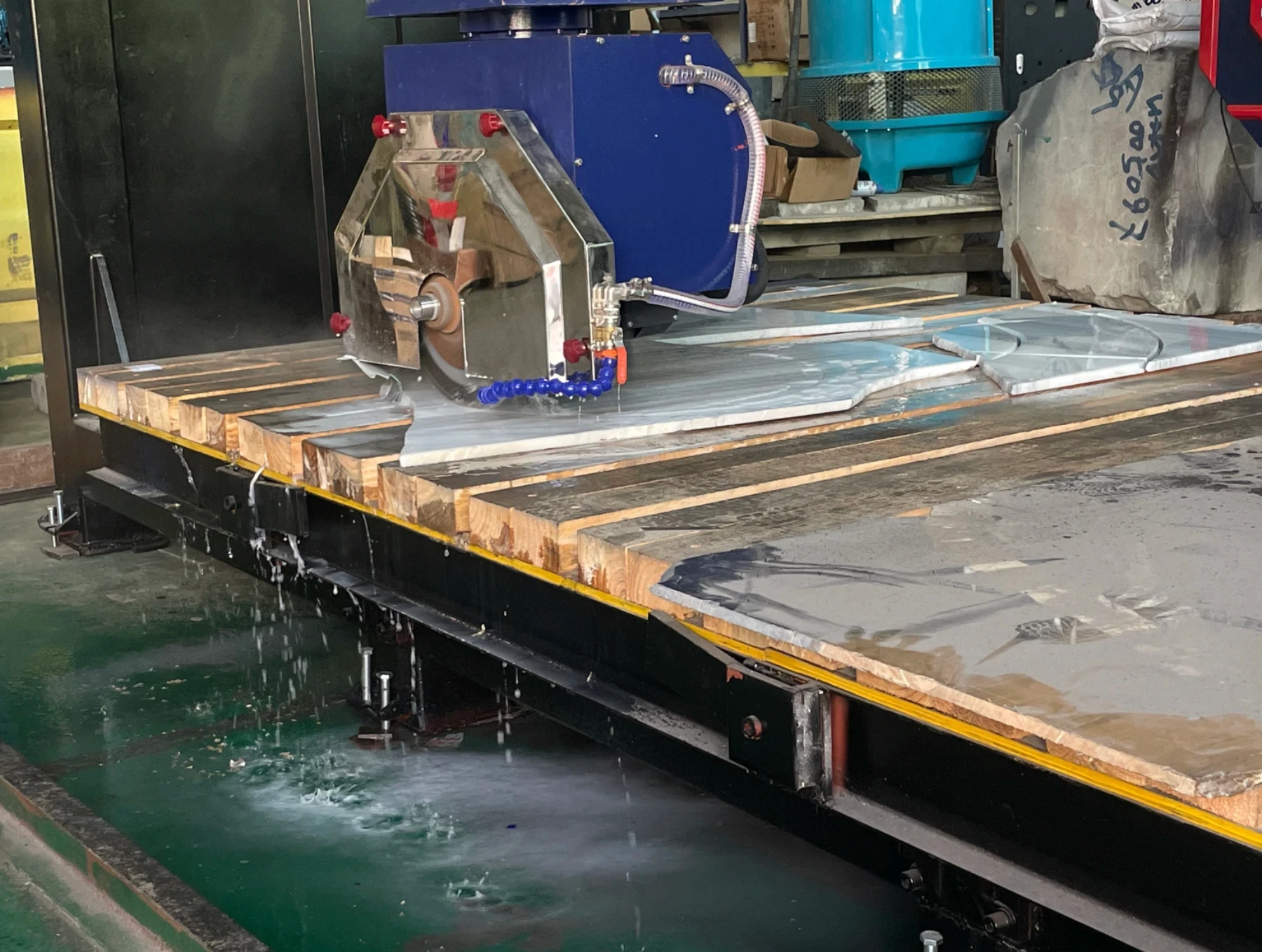
Stone sandblasting is a versatile and effective technique used to create unique, textured finishes on a variety of stones, including granite, marble, limestone, sandstone, and engineered stones. The process involves using abrasive materials like sand, quartz, or even diamond particles to etch a stone's surface, resulting in a non-slip, aesthetically pleasing finish that is both functional and decorative. Whether for residential, commercial, or landscaping applications, stone sandblasting enhances the appearance and performance of natural and engineered stones.
What Is Stone Sandblasting?
Stone sandblasting is the process of propelling abrasive materials at high pressure onto the surface of a stone. This technique creates a textured finish that can be customized based on the desired outcome. The result is a matte, uniform, non-slip surface that enhances the natural beauty of the stone while also improving its functionality.
This method can be applied to various types of stone, including:
Granite: Ideal for creating a rugged, non-slip texture.
Marble: For a frosted, matte finish that adds elegance.
Limestone: Ideal for a smooth, subtle texture with a refined finish.
Sandstone: Enhances the natural beauty with earthy tones and rustic texture.
Engineered Stones: Creates a customizable, durable surface for countertops and floors.
The Stone Sandblasting Process: Step-by-Step
The stone sandblasting process involves several stages to ensure that the final finish is smooth, uniform, and aesthetically pleasing. Here are the key steps involved:
Preparation
The first step is preparing the stone surface by thoroughly cleaning it to remove any dirt, debris, or oils. This ensures that the sandblasting process will be effective and results in a smooth finish. It's essential to check the stone's surface for any imperfections and ensure that it is flat and even.
Protection
Areas of the stone that should remain untextured are protected using adhesive tapes or protective films. This step ensures that only the desired areas of the stone receive the abrasive treatment.
Sandblasting
Once the stone is prepped and protected, the actual sandblasting process begins. A sandblasting machine is used to propel abrasive particles such as river sand, quartz sand, or diamond dust onto the stone’s surface. The pressure and duration of the blast determine the depth and uniformity of the texture.
There are two main types of sandblasting:
Dry Sandblasting: Involves the use of high-pressure air to propel the abrasive material onto the stone. This method creates a rougher, more pronounced texture and is typically used on harder stones like granite.
Wet Sandblasting: Uses water to reduce dust and improve the finish. Wet sandblasting is ideal for softer stones like marble and limestone, creating a more refined texture.
Finishing
After sandblasting, the stone is cleaned again to remove any residual abrasive material. At this point, a protective coating or sealant may be applied to enhance the stone’s durability, weather resistance, and overall appearance.
Types of Stones Suitable for Sandblasting
While stone sandblasting can be performed on a wide range of materials, some stones are particularly well-suited for this technique due to their natural characteristics. Here are the most commonly sandblasted stones:
Granite
Durability: Granite is one of the hardest natural stones, making it ideal for high-traffic areas. The sandblasting process can give granite a rugged, non-slip finish.
Texture: Creates a more defined, durable texture that can be used in both decorative and functional applications.
Marble
Elegance: Marble can benefit from a frosted, matte finish that gives it a contemporary, industrial look.
Softness: The soft, porous nature of marble makes it perfect for a more delicate sandblasted texture.
Limestone
Classic Appeal: Limestone is softer than granite and more prone to weathering. Sandblasting on limestone creates a subtle, refined texture.
Uniformity: The smooth surface of limestone enhances the sandblasting effect, making it ideal for fine textures.
Sandstone
Natural Beauty: Sandstone’s earthy tones and layered texture are ideal for sandblasting. The abrasive treatment enhances these layers and creates a rustic, natural finish.
Rustic Charm: Sandblasted sandstone creates a textured surface that adds character to outdoor landscapes and garden designs.
Engineered Stones
Versatility: Engineered stones like quartz and synthetic stones can also be sandblasted to create custom finishes.
Durability: These stones are often harder than natural stones, resulting in a more defined, intricate texture after sandblasting.
Applications of Sandblasted Stone
The unique texture created by stone sandblasting makes it suitable for a variety of applications across different sectors. Some of the most common uses include:
Flooring: Non-slip stone surfaces are perfect for high-traffic areas, including hallways, kitchens, and bathrooms.
Wall Cladding: Sandblasted stone is frequently used in both interior and exterior walls for a stylish and durable finish.
Sculpture and Landscaping: Sandblasted stones are ideal for sculptures, garden features, and landscaping elements, where texture plays a key role in the overall design.
Countertops: Stone sandblasting creates a non-glare, unique finish that is ideal for kitchen and bathroom countertops.
Benefits of Stone Sandblasting
Stone sandblasting offers a range of benefits, making it a popular choice for both aesthetic and practical applications:
Non-slip Surface
Sandblasting adds texture to the stone, making it slip-resistant. This is particularly important for outdoor surfaces and high-traffic areas.
Aesthetic Enhancement
The process enhances the natural beauty of the stone, adding depth and a tactile, matte finish that elevates any space.
Durability
The sandblasted finish helps improve the stone’s resistance to wear and tear. It can also improve the stone's ability to withstand harsh environmental conditions.
Why Choose Stone Sandblasting for Your Project?
Stone sandblasting is a versatile and highly effective technique that can be applied to various stone types, including granite, marble, limestone, sandstone, and engineered stones. The process results in a textured, non-slip surface that is both functional and aesthetically pleasing. Whether you're designing a high-traffic floor, a decorative wall feature, or a unique outdoor sculpture, stone sandblasting offers a customizable solution that enhances the beauty and durability of stone surfaces.
By selecting the right stone and sandblasting technique, you can create a bespoke finish that meets both design and functional requirements.

